
Get Back in the Game Faster with Alps Orthopaedic Centre

Over 13 years of experience in Orthopaedic Surgery at SGH with 500+ surgeries performed
Well versed in Trauma Fractures and Sports Injuries
Specialises in Minimally Invasive Treatments
Urgent consults for acute sports injuries
Sports injuries can happen due to various reasons, including overuse, poor training techniques, inadequate warm-up, and accidental trauma during play. Common sports injuries include strains, sprains, ligament tears, tendonitis, and fractures, potentially leading to nerve injury.
Generally, sports injuries can be divided into three categories:
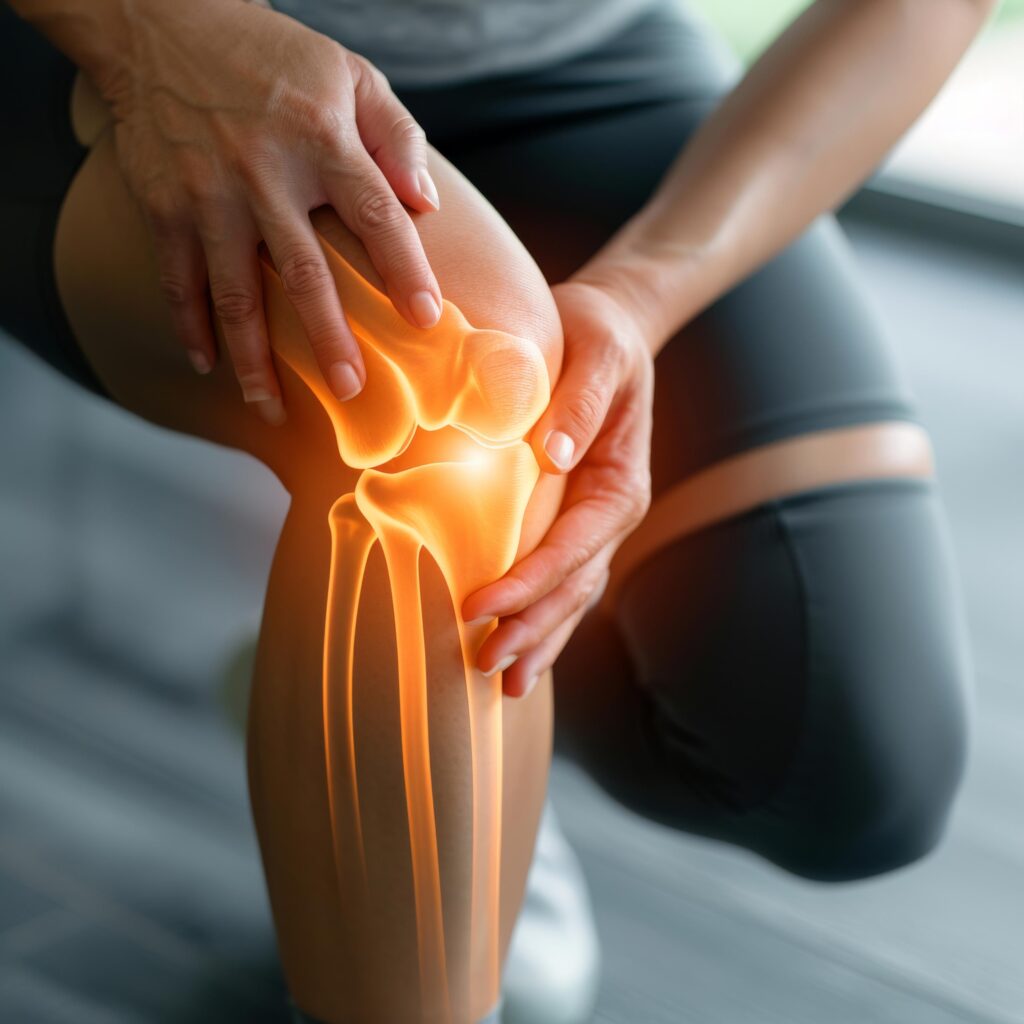
(e.g. patellar tendonitis, patellofemoral pain syndrome, Achilles tendinitis)
The most common type of sports injury, resulting from excessive, repetitive stress to your body.
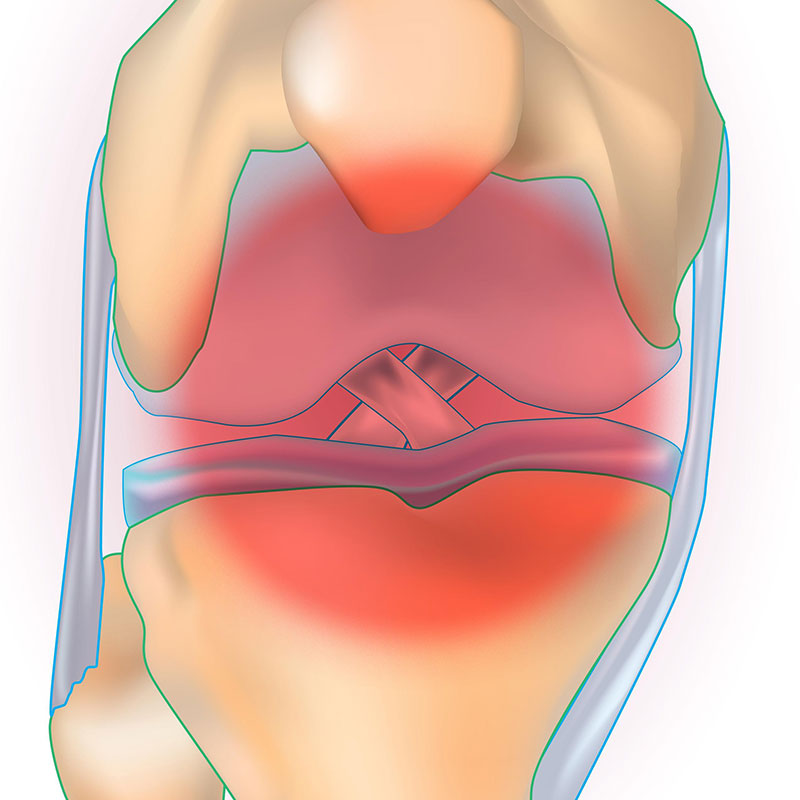
(e.g. ACL injuries, labral tears of the hip, cartilage injuries, meniscus tears, patellar subluxation and dislocation, bony and ankle ligament injury)
These injuries often occur due to sudden, forceful changes of direction that result in the overextension of the ligament or muscle.

(e.g. stress fracture, open fracture & closed fracture)
These are some of the more severe sports injuries that require immediate intervention. They are often caused by an excessive impact on the bone during sporting activity. While the other injuries can be managed with rest, ice, or physical therapy, fractures demand special attention due to their potential to cause long-term damage if not properly treated.
Sports injuries can bring not just physical pain but also emotional distress, halting your active lifestyle and sports ambitions. Whether it is a sprain, fracture, or a more complex condition such as ACL injury, cartilage injury or meniscus tear, these setbacks can seem impossible.
Treating sports injuries timely is crucial because it prevents the injury from getting worse, reduces recovery time, and minimises the risk of future complications.
Early treatment also helps manage pain, ensures correct healing, maintains fitness levels, and has positive psychological effects, allowing for a quicker and safer return to activity.
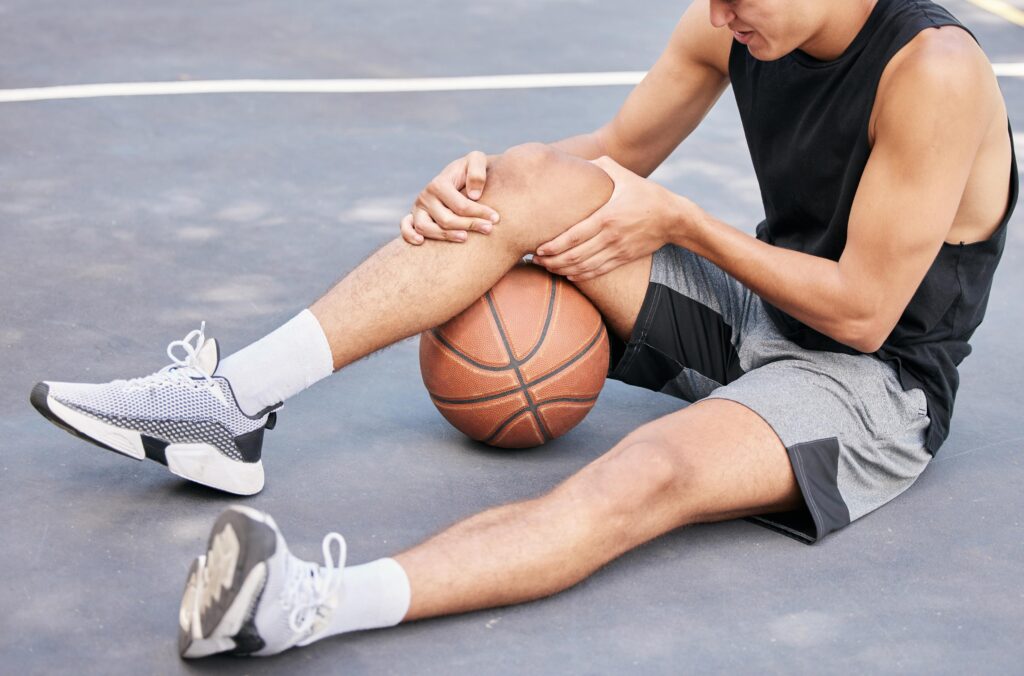
At Alps Orthopaedic Centre, we specialise in Enhanced Recovery After Surgery (ERAS). Performed as a Day Surgery, the ERAS method reduces the average hospitalisation stay, utilising techniques which enable the patient to suffer from less pain and recover faster.
By minimising the recovery period, patients can resume activities that they love.
The Alps team offers comprehensive financial counselling sessions to ensure our patients understand their options and make informed decisions regarding their treatment plans.
We are committed to ensuring your well-being and optimising every aspect of your recovery journey.


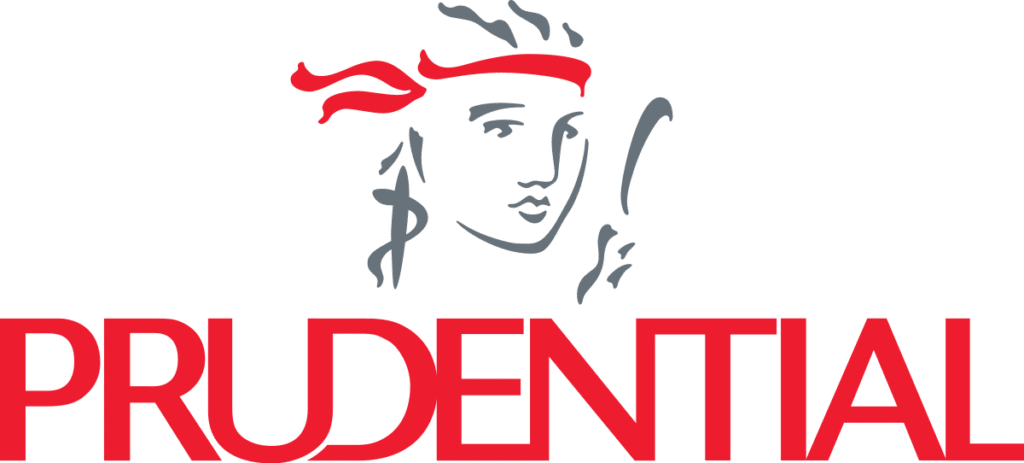


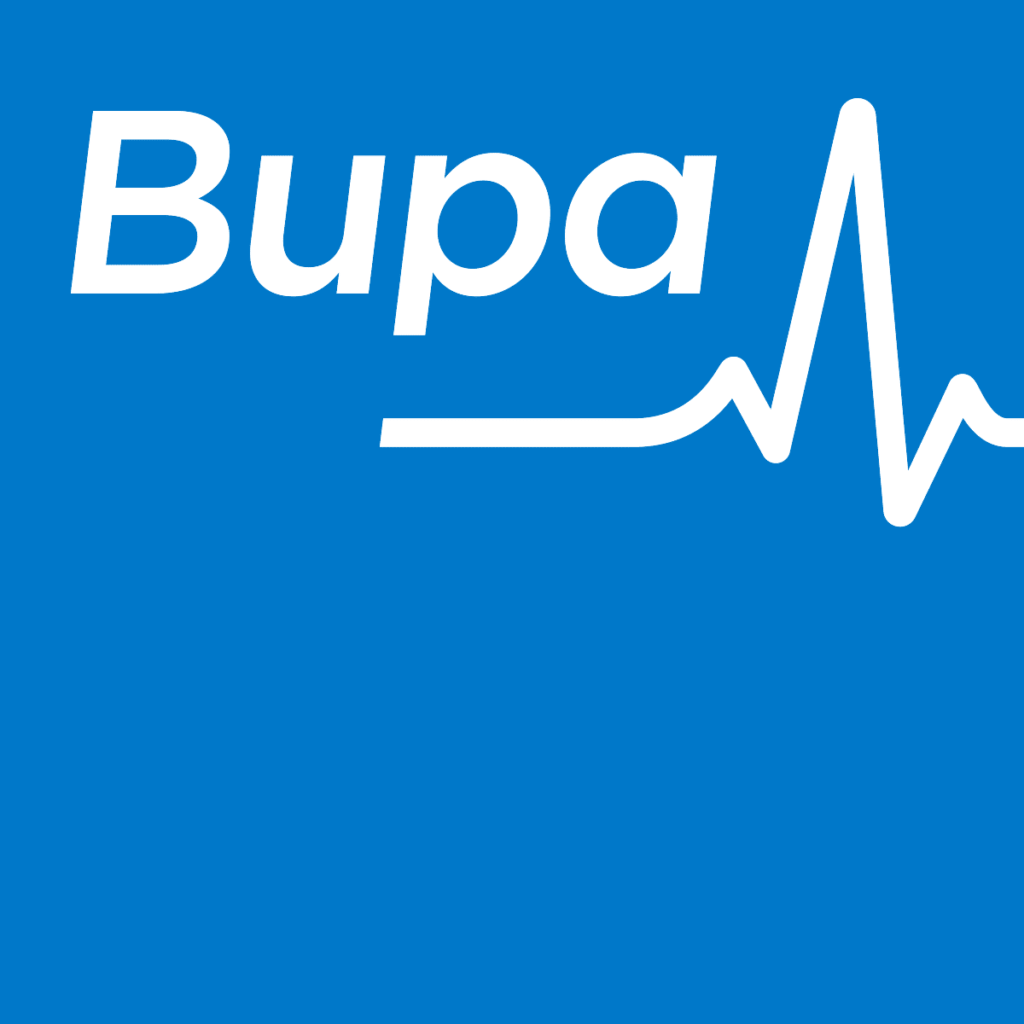





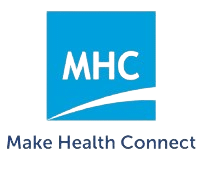


















Following a comprehensive evaluation and diagnosis, Dr Jerry Chen will devise a bespoke treatment strategy. The chosen treatment method is influenced by several factors, including the nature and site of the injury, as well as the patient’s general health and level of physical activity.
Overuse injuries: These injuries typically necessitate a blend of rest, modifying activities, physiotherapy, and possibly anti-inflammatory medication to alleviate pain and inflammation. Orthopaedic surgeons might advocate for specific exercises, ergonomic changes, and in certain instances, surgical procedures.
Acute soft tissue sprains and strains: Initially, these are often managed with RICE therapy (Rest, Ice, Compression, Elevation), followed by stepwise rehabilitation exercises to regain strength and flexibility. In more serious instances, orthopaedic surgeons may recommend the use of braces, splints, or surgical treatment to stabilise the body part. For example, significant ACL (anterior cruciate ligament) injuries may necessitate surgery to reconstruct the damaged ligament with a graft, aiding in the recovery process.
Fractures: The management of fractures involves immobilisation via casting, splinting, or surgical intervention, dependent on the fracture’s severity and location. Orthopaedic surgeons are integral in determining the stability of fractures, surgically correcting misaligned bones, and overseeing the healing process through follow-up imaging and rehabilitation programmes.
Severe sports injuries often necessitate surgical intervention. The specific type of surgery required depends on the nature of the sports injury, but generally, the procedure involves the following stages:
Administration of Anaesthesia: To ensure the patient experiences no pain, anaesthesia will be administered at the start of the surgery.
Making an Incision(s): To reach the affected musculoskeletal region, our orthopaedic surgeon will need to make an incision.
Closing the Surgical Wound: The surgeon will then close the wound with stitches to aid in the healing process.
Postoperative Care: After the surgery, the patient will be carefully monitored in the recovery area and will be provided with pain relief, antibiotics, and guidance on postoperative care and rehabilitation.
Timeline: The healing time post-surgery for most fractures spans several weeks, though this can vary widely based on the fracture’s location. Leg fractures require a few months for a full recover.
Physical Therapy: Physical therapy is commonly advised to rebuild strength, flexibility, and mobility. The therapy may target not only the injured area but also the surrounding muscles, to mitigate stiffness and weakness.
Lifestyle Adjustments: Depending on the fracture type and surgery extent, some individuals might need to alter their lifestyle, such as avoiding specific activities or using supportive devices, to avert future injuries. A diet enriched with proteins and vitamin D is beneficial for the healing of fractures.
The Anterior Cruciate Ligament (ACL) is a tough strip of tissue in your knee joint that links your thigh bone to your shin bone. Its job is to keep your knee steady when you’re doing things like turning quickly, dodging, or stopping suddenly. ACL injuries occur when this ligament is overstretched or snaps, often during high-speed activities such as playing football, basketball, soccer, or skiing. Sometimes, you can hurt your ACL without any contact at all, like when you land awkwardly from a jump or swerve suddenly.
Not everyone who hurts their ACL needs surgery, but for many people – especially those who are young, love being active, or do a lot of sporty stuff – surgery might be suggested to make the knee stable and work properly again.
Your journey back to peak performance begins here.
Contact us today to schedule a consultation and learn how we can support your recovery.
Reach out to us for specialised orthopaedic care. For enquiries, leave a message and our friendly team will get in touch with you.
For urgent assistance and/or after office hour enquiries, please contact us or Whatsapp us at (65) 9088 4555